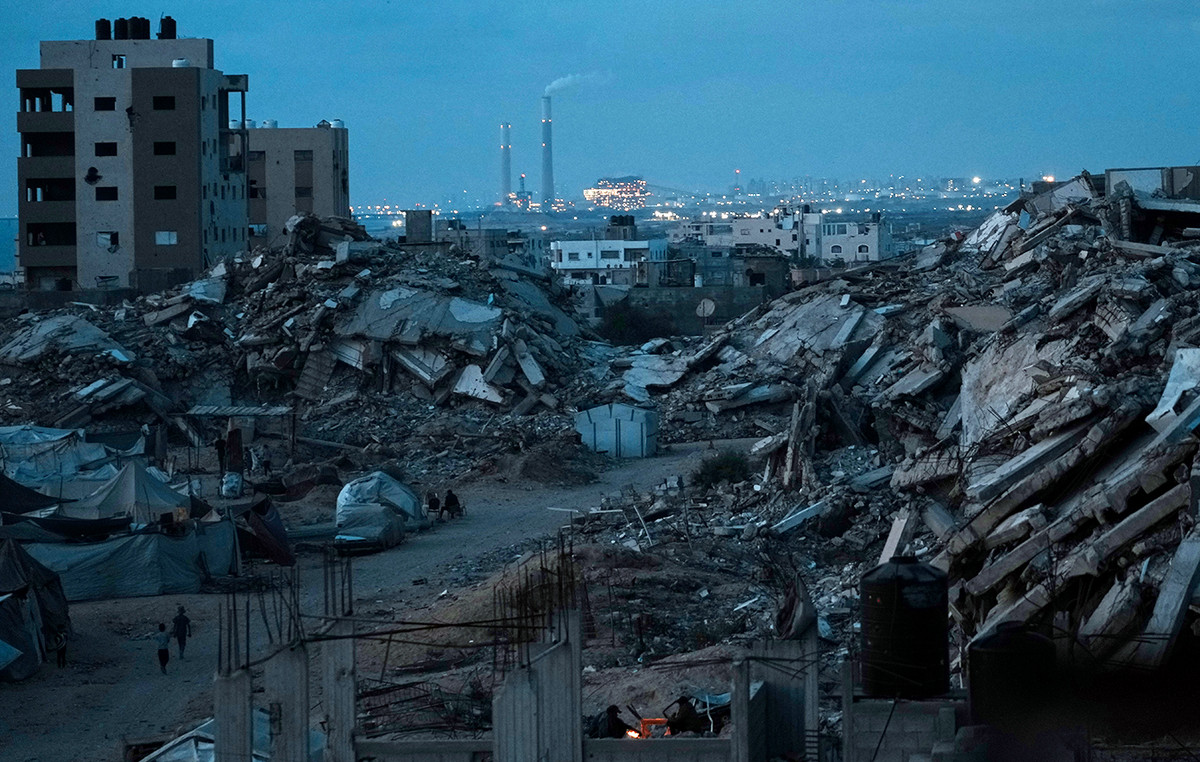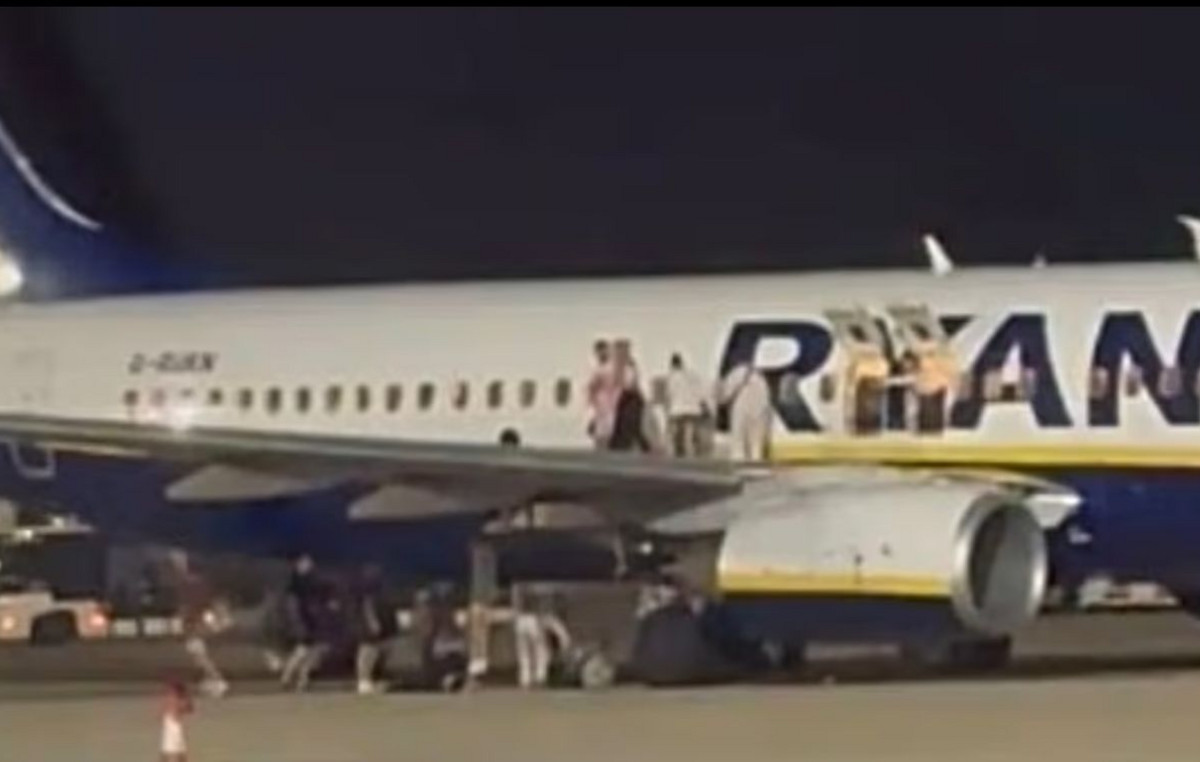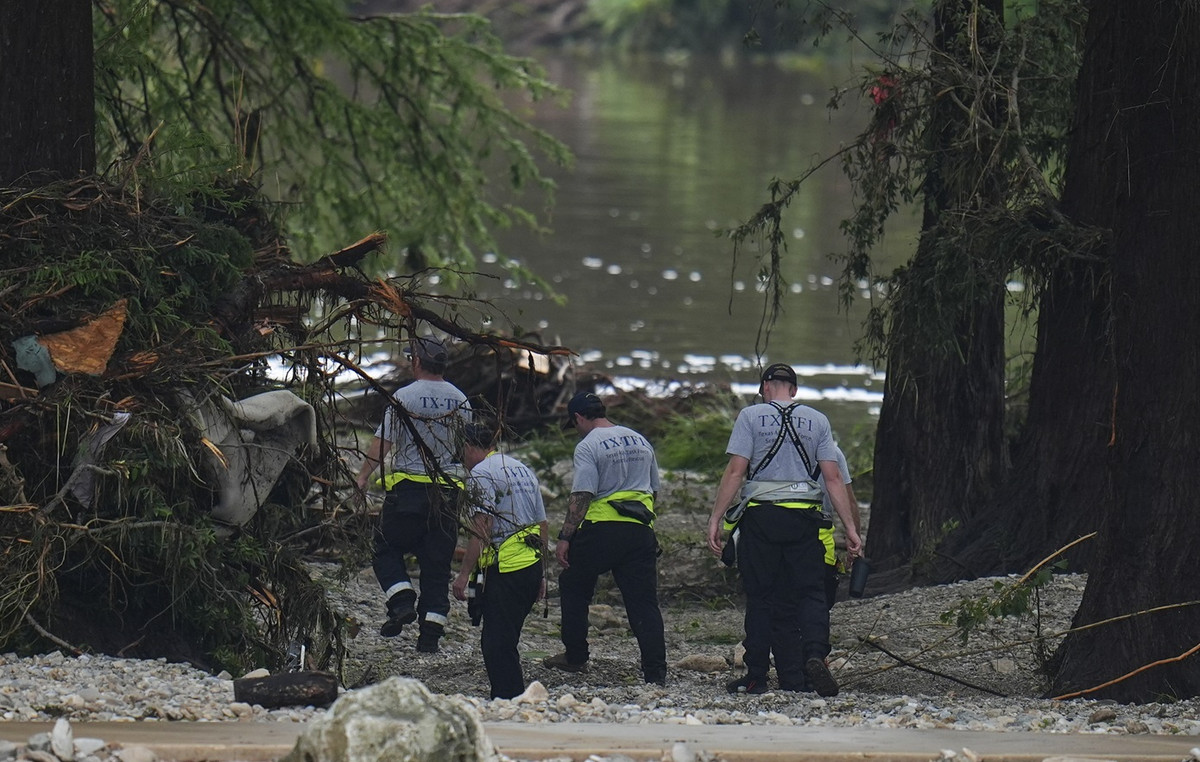Soybean planting in the central region of Argentina’s agricultural belt is lagging around 45% from last year due to lack of rain, the Rosario Stock Exchange said in a report on Friday. ).
The scenario is a concern for farmers in the world’s largest exporter of soybean oil and meal.
The prolonged drought, linked to a third consecutive La Niña weather pattern, has crippled wheat production and now threatens to affect the upcoming soybean and corn season, with farmers likely to invest less in planting unless conditions improve.
“A year ago, half of the region’s soybeans had already been planted, today only 250,000 hectares, that is, only 5%,” the exchange said in the report.
The institution added that there is no forecast of rain in the region, one of the main growing areas in the country, next week. The exchange’s current forecast is for the national planting of 17 million hectares of soybeans in the 2022/23 harvest.
“It is the most difficult and uncertain planting in the last 12 years,” he added, saying that farmers in the agricultural belt region were in a “strict war economy”.
The Rosario Stock Exchange warned that the weather forecast for the first two weeks of November is not encouraging and the rains in recent weeks, although they have helped to improve reserves in some areas, have not had enough impact.
“The extreme drought that the region has suffered means that there is still a very significant (water) deficit,” he said.
Argentina is the world’s largest exporter of processed soybean oil and meal, the country’s main source of export earnings. The sowing of the oilseed usually starts in October in the South American country.
Source: CNN Brasil
Joe Jameson, a technology journalist with over 2 years of experience, writes for top online news websites. Specializing in the field of technology, Joe provides insights into the latest advancements in the industry. Currently, he contributes to covering the world stock market.







